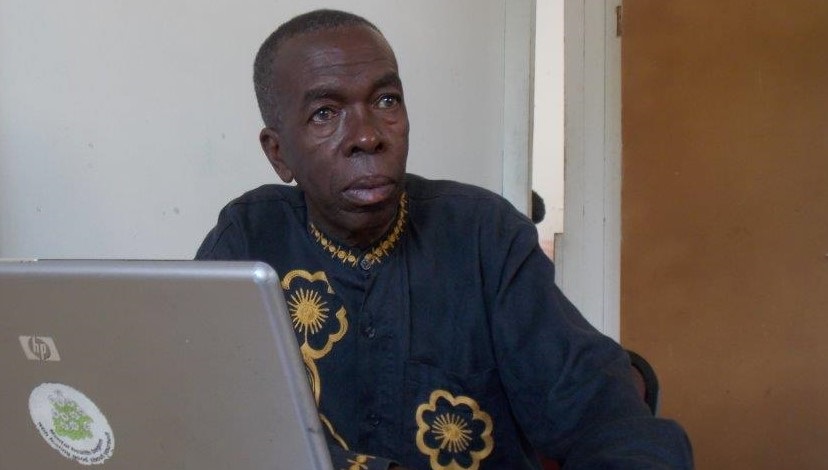During a short story writing workshop recently, one of the participants asked a question that seems to be nagging many writers. Characterisation. How much do we know about the characters we have created for our novels? As a writer, have you breathed life into the character of your book? Is he/she alive just like you? Does the character have traits just like you? Is she obsessed with shopping? Is he temperamental? This list goes on and on.
The character may have several traits, but do you need to lump them all together in just two paragraphs? Surely, that would bore the reader. Spread them out in bits and pieces to keep the reader engaged. Imagine your pen and paper, or whatever you’re writing on, as a stage—move upstage or downstage, but certainly not off stage—as you tell the reader about your character.

Yes, you have breathed life into the character. Does he/she look and do things like your next-door neighbour or your cousin? If he does not, in any way, have similarities to anybody you know, you must do something to create a convincing character. Lend some credibility to this person. Ask yourself questions: Do I connect the reader with the main character? Is the character likeable? If he/she’s not likeable, is there a good reason why? Do I care about the character–sympathise with him/her? Do I enjoy the character’s personality? Is there something about him/her that I can relate to? After all, you have created this character, breathed life into him or her; thus, you know him/her too well.
Find out interesting and relevant information about your characters. It’s also important to consider the character arc – how the character grows and develops through the course of the story. You also need to realise how character and plot fit together – they are inextricably intertwined, and it’s important to realise that. An advanced characterisation technique is to use both direct and indirect characterisation. This will help you create well-rounded and believable characters.
However, as you try to make this person credible, avoid falling into the trap of a single story. Single stories are common in many South African soap operas. The main female character in your favourite soap is a drug lord—a businesswoman who became wealthy through drug trafficking. In all these dramas, these women are Black. The implication here is that Black women only become wealthy via drug smuggling. This is not true; many Black women have achieved success through hard work and honest means. A successful Black businessman is often portrayed as a king of car hacking and a murderer. The list of stereotypes about Black people in many TV shows is just too long and disturbing.
South Africa, no doubt about it, has a colossal army of enormously talented authors, and therefore, there is no shortage of material for TV producers and writers to use these works.

Leave a Reply